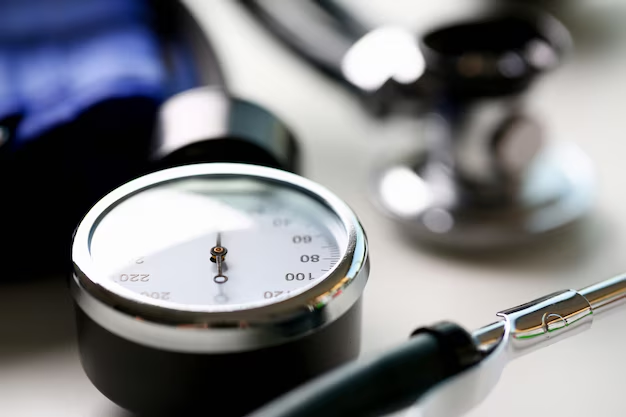Understanding Hypertension: What It Means and How to Manage It
Hypertension, or high blood pressure, is often referred to as the "silent killer" because it can lurk unnoticed for years, quietly damaging your heart and blood vessels. According to the World Health Organization, an estimated 1.28 billion adults worldwide aged 30-79 years have hypertension, with two-thirds living in low- and middle-income countries. But what exactly is hypertension, and how can it impact your life?
What Is Hypertension?
At its core, hypertension is when the force of blood against your artery walls is too high, which can eventually lead to heart disease, stroke, kidney problems, and more. It's crucial to get it diagnosed early through regular check-ups because it usually exhibits no symptoms. Lifestyle changes and medications can help manage hypertension and reduce the risk of associated health problems.
Causes and Risk Factors
Many factors can contribute to high blood pressure, including:
- Genetics: Family history plays a role.
- Dietary choices: High salt, low potassium diets.
- Lack of physical activity: Sedentary lifestyle increases risks.
- Obesity: Excess weight can cause hypertension.
- Stress: High stress levels can temporarily elevate blood pressure.
- Smoking and alcohol use: Both significantly increase blood pressure risk.
Understanding these factors can help in better managing and mitigating the risks hypertension poses.
Managing Hypertension
Managing hypertension often requires lifestyle changes and, in some cases, medication. Here are some heart-friendly tips:
- Adopt a Healthy Diet: Focus on a DASH diet (Dietary Approaches to Stop Hypertension) which emphasizes fruits, vegetables, whole grains, and lean proteins.
- Regular Exercise: Aim for at least 150 minutes of moderate aerobic exercise, like brisk walking, a week.
- Limit Alcohol and Quit Smoking: Both can negatively impact blood pressure.
- Weight Management: Losing even a small amount of weight if you're overweight can help control high blood pressure.
- Monitor Blood Pressure at Home: Regular monitoring helps track your progress.
Financial Assistance and Educational Resources
Dealing with hypertension can sometimes mean facing significant medical bills and lifestyle change costs. Fortunately, there are resources and programs that can help ease the burden:
- Government Aid Programs: Many countries offer subsidized healthcare services for chronic conditions like hypertension.
- Medication Assistance Programs: Various pharmaceutical companies offer free or low-cost medications for those who qualify.
- Educational Grants: Programs may be available to increase public awareness and education on hypertension prevention and management.
- Financial Counseling Services: Non-profit organizations often provide free advice to manage medical debt and plan financially.
- Healthy Lifestyle Incentives: Some insurance companies offer lower premiums or rewards for adopting healthier lifestyles.
Taking advantage of these programs can help manage both your health and financial wellbeing. Remember, addressing hypertension isn't just a health necessity—it's a smart financial decision too.
Quick Guide to Support Programs 📋
- 🩺 Government Health Subsidies: Check eligibility for reduced-cost healthcare services.
- 💊 Medication Assistance Programs: Free/discounted medication options based on qualifications.
- 📚 Hypertension Education Grants: Funding for awareness and lifestyle education programs.
- 📉 Financial Counseling: Free/non-profit services for managing medical-related expenses and debts.
- 🏆 Lifestyle Incentives: Insurance rewards for maintaining healthy habits.
Understanding hypertension and proactively managing it not only contributes to better health outcomes but also brings peace of mind regarding potential financial burdens.

Related Topics
- a 66 Year Old Female With a History Of Hypertension
- Are Eggs Bad For Hypertension
- Are Eggs Good For Hypertension
- Are Endocrine Disorders Causing Hypertension Rare
- Can Adderall Cause Hypertension
- Can Alcohol Cause Hypertension
- Can Allergies Cause Hypertension
- Can Anemci People Get Hypertension
- Can Anemia Cause Hypertension
- Can Antibiotics Cause Hypertension